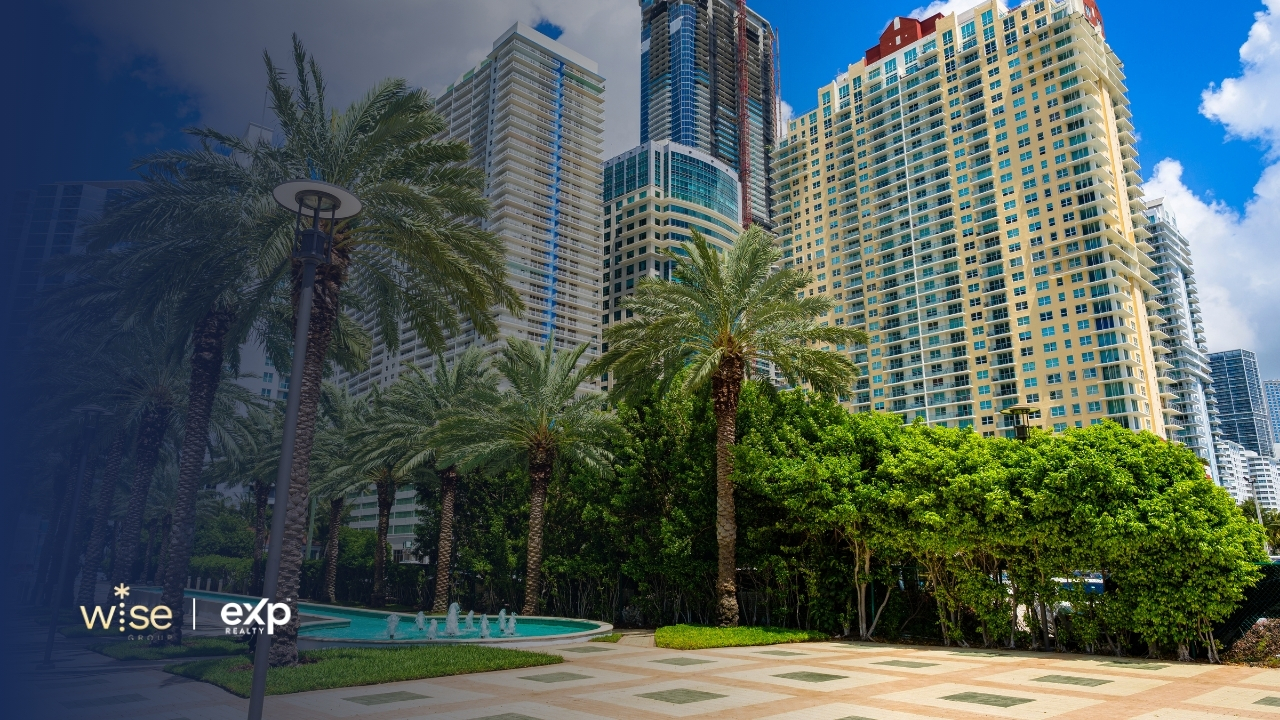Florida’s real estate market has been one of the most dynamic and attractive areas in the United States for both local and international buyers. However, the memory of the 2008 real estate bubble is still fresh for many investors. Today, the Florida real estate market is experiencing a new boom, prompting some to ask: Are we facing another bubble? To arrive at a well-informed conclusion, it is essential to analyze the factors that differentiate the current moment from what we experienced over a decade ago.
Below, we present a key comparison between Florida’s real estate market in 2008 and today, exploring where we stand in the real estate cycle.
1. Loans and Credit
2008: Easy Credit and Subprime Loans
Before the bubble burst, banks widely offered subprime loans, allowing individuals without adequate financial capacity to access mortgages. This created a weak foundation in the market, as many buyers could not afford their mortgages once prices began to fall.
2024: Stricter and Regulated Credit
Today, banks and financial institutions have implemented much stricter lending criteria. Higher verifiable incomes, better credit scores, and, generally, a more in-depth risk assessment are required. Subprime mortgages are now virtually nonexistent, significantly reducing the risk of mass defaults.
2. Supply and Demand for Properties
2008: Oversupply
During the boom leading up to 2008, properties were built in excess, many in areas lacking sufficient real demand. This oversupply contributed to price declines when demand could no longer support the construction pace.
2024: High Demand and Limited Supply
Currently, demand for properties in Florida, especially in areas like Miami, Orlando, and Tampa, remains extremely high, driven by internal migration (particularly from people in the northern states seeking better living conditions) and foreign investment. Unlike 2008, the supply of new constructions is limited due to material costs, land restrictions, and development speed, keeping prices on the rise.
3. Price Appreciation
2008: Inflated and Unrealistic Appreciation
In the years leading up to the collapse of 2008, property prices surged excessively without solid economic foundations. Investors speculated, buying and selling properties with the expectation of rapid and continuous appreciation.
2024: Solid Appreciation Based on Demand
Today, although property prices have increased, the appreciation is more solidly grounded in real demand. Properties have appreciated due to strong housing demand, but we do not observe the same patterns of excessive speculation that led to the 2008 bubble.
4. Investors and Types of Buyers
2008: Speculative Buyers
The 2008 market was dominated by investors buying properties with the intent to sell quickly, without plans for long-term ownership. This created an environment of speculation and volatility.
2024: Long-Term Buyers and Residents
Today, many buyers are families seeking permanent residences or investors who prefer to hold properties to generate income through rentals. The rise of platforms like Airbnb has also created a new stream of buyers interested in short-term rental properties, fostering a long-term strategy rather than pure speculation.
5. Government Intervention and Regulations
2008: Insufficient Regulation
In the years leading up to the 2008 crisis, financial regulations were much looser, allowing banks to offer risky loans. When the market collapsed, there was insufficient oversight to mitigate the effects.
2024: Stricter Regulations
Today, financial and real estate market regulations are stricter. Reforms implemented after the 2008 crisis, such as the Dodd-Frank Act, have created a more controlled environment, with rules that limit risky practices in the mortgage sector. This has made the market more stable and predictable.
6. Foreign Investment
2008: Uncontrolled Excessive Investment
Before 2008, there was a large influx of foreign investors injecting capital into Florida’s real estate market without thorough analysis. Many of these investments were made with unrealistic expectations based on infinite growth.
2024: Strategic Foreign Investment
Currently, foreign investment remains a key factor in Florida’s market, but investors are more strategic. Most seek high-value properties in key areas and are willing to hold them long-term. Additionally, many investments are oriented towards short-term rentals or long-term leasing, helping to stabilize the market.
7. Global Factors
2008: No Significant Global Factors
During the 2008 bubble, there were no significant external global events that directly affected Florida’s real estate market.
2024: Pandemic and Migration
Today, global factors such as the COVID-19 pandemic and massive internal migration to states like Florida have notably impacted property demand. Many people see Florida as an attractive place to live due to its climate and tax advantages, fueling real estate market growth.
Conclusion: Are We in a New Bubble?
Although property prices in Florida have risen significantly, the fundamentals of the current market are much stronger than those that led to the 2008 crisis. Stricter regulations, real and grounded demand, and greater caution in credit make the current situation different and more stable.
At Wise Group, we believe we are in a moment of solid growth, but not without risks. Prices have risen due to supply and demand factors, but we do not see the signs of an inflated bubble like that of 2008. Nevertheless, it is crucial to remain vigilant and closely monitor market signals, as the real estate cycle continues its natural course. Now, more than ever, it is essential to have experienced advisors to make informed decisions in this dynamic market.





